LEARNING DISABILITY (SPECIFIC LEARNING DIFFERENCES)
Learning disability is a heterogeneous group of disorders manifested by significant difficulties in the acquisition and use of listening, speaking, reading, writing, reasoning and mathematical abilities. These disorders are intrinsic to the individual and presumed to be due to central nervous system dysfunction.
Individuals of any intellectual level can have a learning disability. Learning disabled have a near normal, normal, or above normal intelligence. Persons with other handicaps also can have learning disabilities, and they can be considered multiple disabilities.
The main characteristic of learning disability is that there is a severe discrepancy between achievement and intellectual ability in some areas such as oral expression, written expression, listening comprehension, reading comprehension, reading, or mathematics. Besides these basic characteristics, there are other characteristics, which are more common to students with learning disabilities than to the general population of students of their age. They are listed below.

Delayed Spoken Language Development:
The lag behind in spoken language development. They will not be able to cope with their age mates or classmates. Their knowledge of vocabulary is limited. Usually, they commit a large number of grammatical errors. They also get confused when listening to a long or complex conversation and forget what has been said. They find it very difficult to remember all the parts of a multisyllabic word.
Poor Spatial Orientation:
Learning disabled students experience unusual difficulty in becoming oriented to new surroundings. They forget their way around a complex building. They experience difficulty in assembling complex puzzles, executing complex mechanical tasks, and remembering how others executed multifaceted tasks. They have difficulty in finding objects when their surroundings are busy and lack a system for storing, arranging, and finding their belongings.
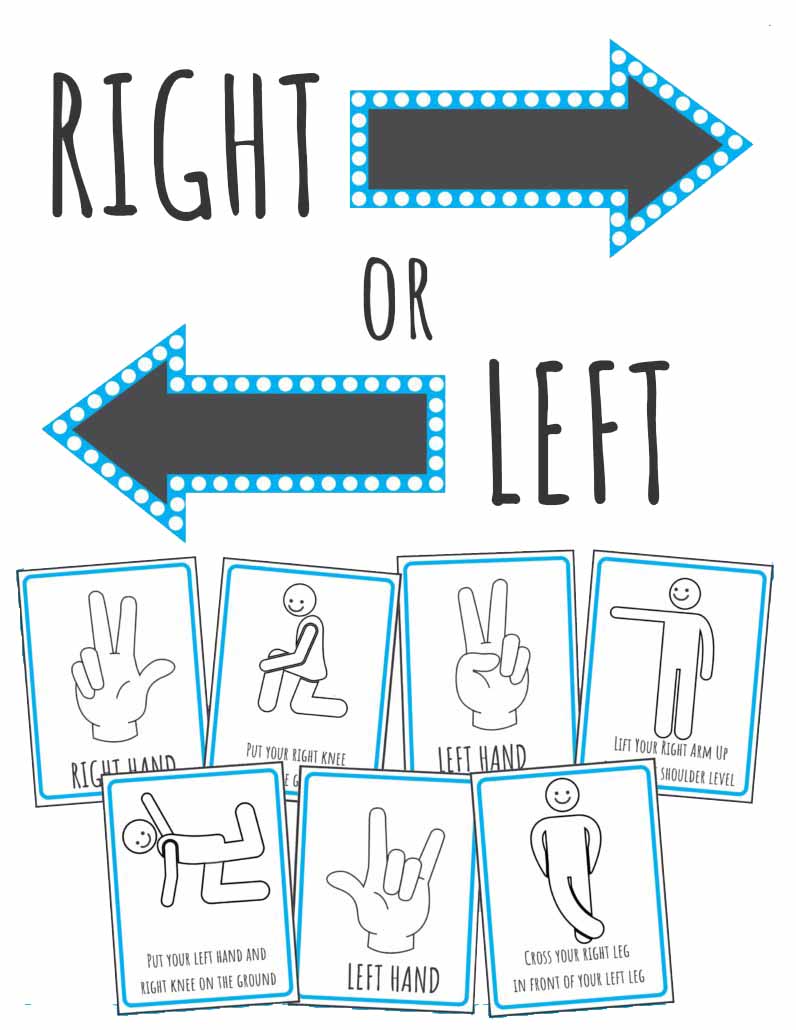
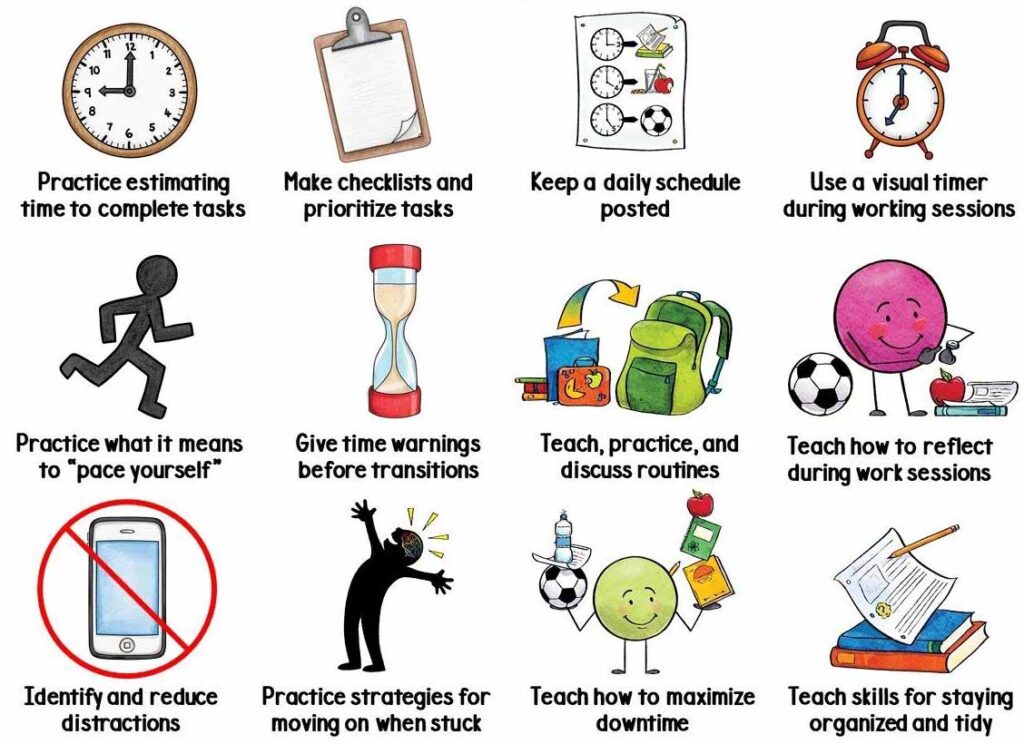
Inadequate Time Concepts:
They have confusion about their personal responsibility relating to time. They overestimate the amount of time needed to complete tasks. LD students usually fail to observe how and why people organize, prioritize and reprioritize their time. They have a very poor sense of what time is about, that clocks, calendars, and date books indicate the passage of time and that days, weeks, months, and years punctuate time. They may be unaware that units of time such as minute, hour, or century, are fixed, or be unaware of what a century or millennium stands for.
Difficulty in Judging relationships:
Learning disability students lack judgment concerning what is important or where importance tends to occur. As a result, they study everything or fail to prioritize and reprioritize. These results in disorganization, inefficiency, failure to complete the tasks, and feelings of overwhelm. They may not notice the differences between similar-sounding phonemes.
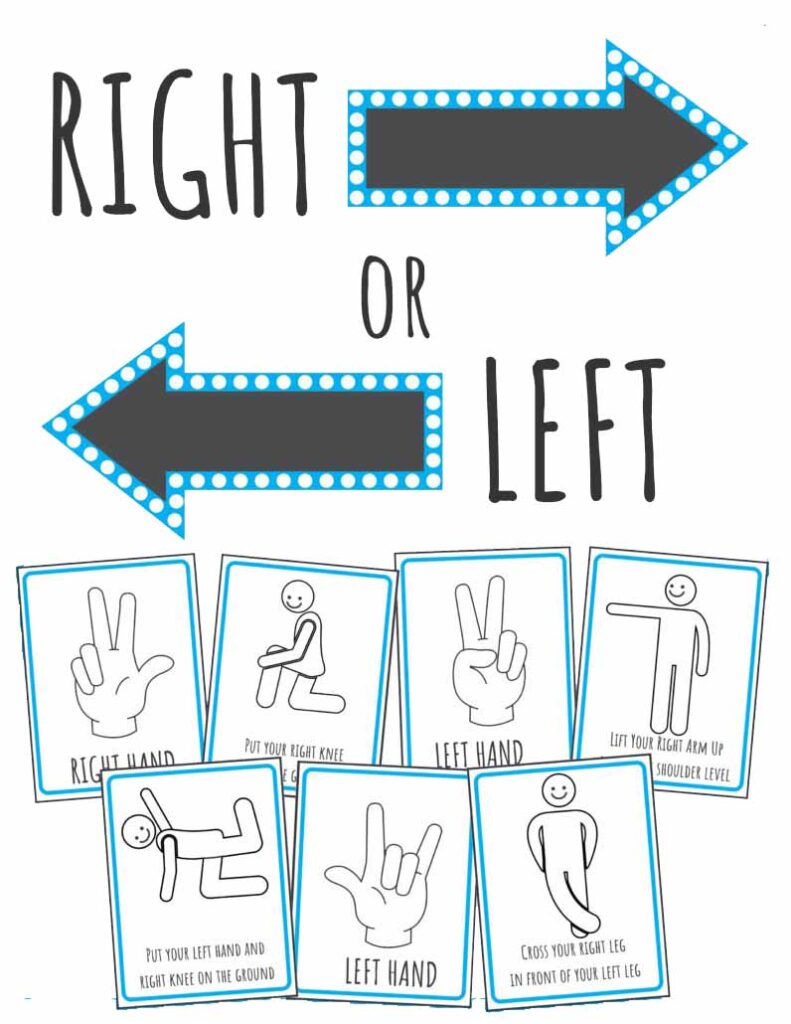
Direction Related Confusion:
This includes difficulty in understanding and the ability to utilize concepts of right, left, north, south, east, west, up, down, and so on. They may not comprehend how the information on a map is translated into geographic space. They may not know which state or continent they live in. they forget which side of the road the traffic comes from and may not understand terms like north, south, east, and west. They have a poor sense of the size and shape of their bodies and what their bodies can do. Hence the poor motor coordination.
Poor Manual Dexterity:
This includes the inability to manipulate pencils, books, or doorknobs. They also experience unusual difficulty in manipulating new equipment. In day-to-day life learning disabled students lack a sense of how to judge their social, vocational, and practical commitments.
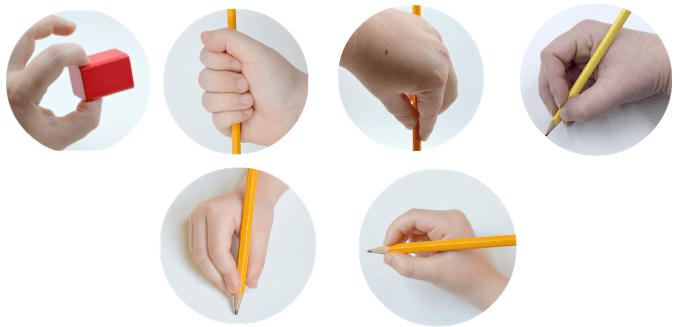

Social Imperception:
This includes the inability to determine when other students accept him and the inability to read the body language of other students and adults, particularly parents and teachers. Learning disabled children have a limited repertoire of social behaviors, which bore people rather than adjusting behavior to context and adapting it if it is not received as expected. They are impervious to others’ reactions to their behavior and insensitive to others’ needs. Social skill deficits are common in them and these deficits have a negative effect on their relationship with peers and teachers.
Inattention:
The learning disabled students find it very difficult to focus on any one activity for a normal amount of time. Attention is the cognitive process that enables us to attend to selected features of environmental stimuli that are observed by the sensory system.
Selective attention refers to the ability to identify important stimuli and important aspects of a stimulus. Sustained attention refers to the degree to which attention is maintained over a period of time. Frequent characteristics of learning disabled children are attention deficit, or inability to pay attention in class or to concentrate for long periods.
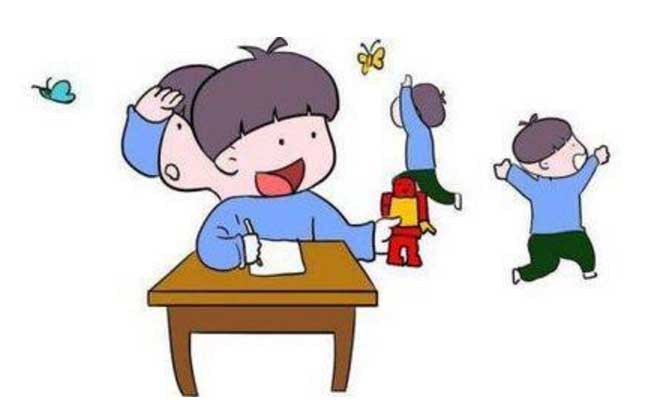
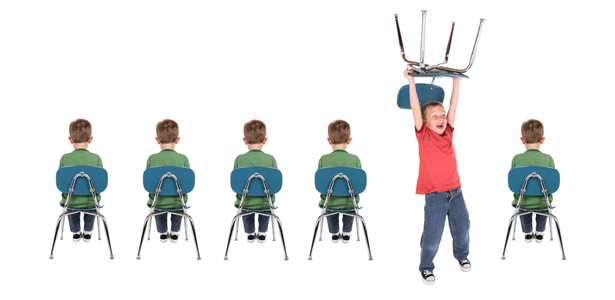
Hyperactivity:
Hyper is a prefix that means ‘more than usual or ‘excessive’. Activity deals with ‘Motion’ or ‘movement’. Hyperactivity includes behavior described as restless and fidgety, especially if this is on every day, every time- of- day phenomenon. Most of the learning-disabled students are hyperactive. The majority of children with attention deficits are also hyperactive. Hyperactivity is much more frequently seen in boys than in girls. Hyperactive children do tend to have many more educational problems than normal children have but it is difficult to generalize further than this.
Perceptual Disorders:
Perception is a person’s interpretation of stimuli. It is the cognitive process that identifies, organizes, and translates sensory data into meaningful information. The perceptual process includes discrimination, coordination, and sequencing. Discrimination allows for distinguishing among different features within the sensory system. Coordination facilitates the integration of information from two or more information sources. Sequencing enables us to spatial and temporal stimulus sequences and patterns.
Learning disabled children may experience difficulties in any of these areas of perceptual processing. Perceptual disorders include disorders of visual, auditory, tactile, or kinesthetic perception. The students with visual perceptual problems will find it very difficult to copy letters correctly or to perceive the differences in the sound of the front doorbell and the first ring of the telephone.

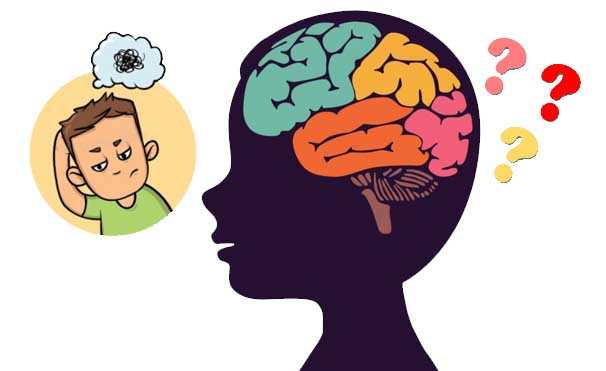
Memory disorders:
Memory is a dynamic process that enables us to take complex environmental information and transform and organize it in a manner that permits storage and retrieval at a later time. Memory is a complex process and is not fully understood. Memory disorders include either auditory or visual memory. Learning disabled students experience both disorders. They may not be able to remember where the window is or on which side of the room their bed is placed, even though it has been for there months. Also, they may experience difficulty in repeating a simple sequence of three words immediately after hearing them. This sort of auditory memory deficit seriously affects the learning process. The learning disabled students are weak in short-term memory, working memory, and long-term memory.
Short-term memory is a component of memory where limited amounts of information can be stored for a few seconds. Working memory is viewed as a dynamic and active system because it simultaneously focuses on both processing and storage demands. Long-term memory is a component of memory where large amounts of information can be stored for long periods of time. Students with learning disabilities are less skilled in the use of rehearsal strategies used to store information in long-term memory.
Since learning disability is a neuro biological disability, early identification, assessment and management is necessary to improve the child in academics. So early detection and intervention is an important thing.
